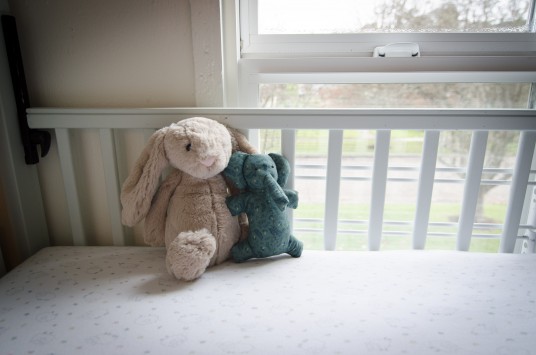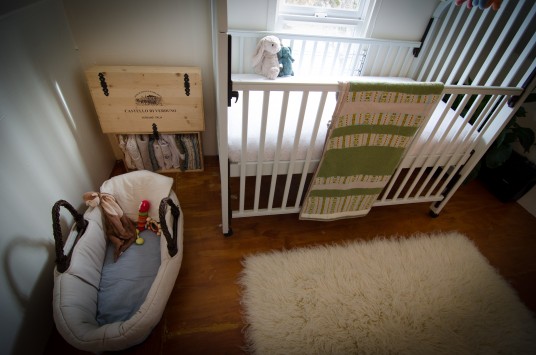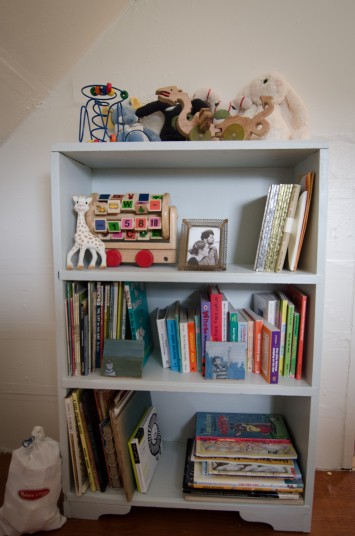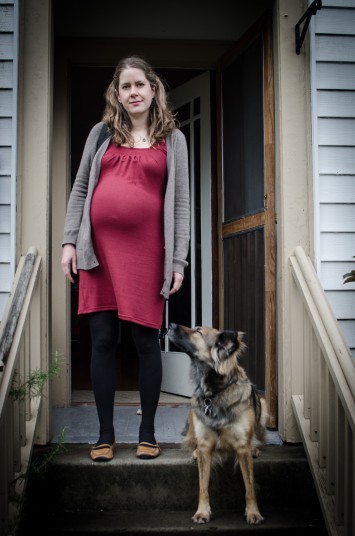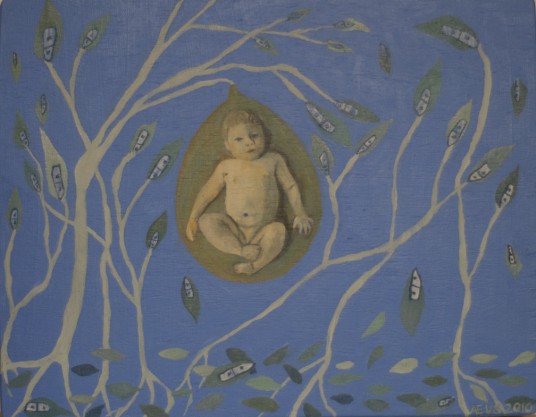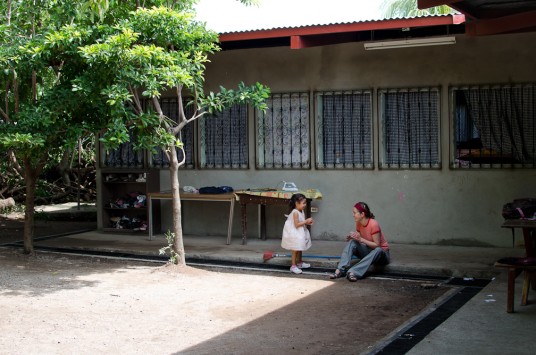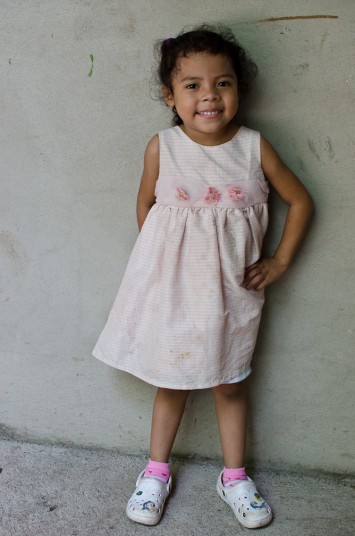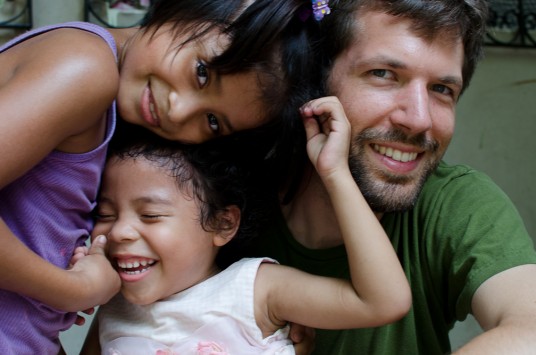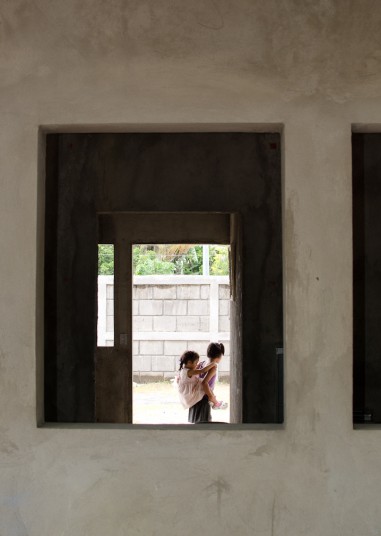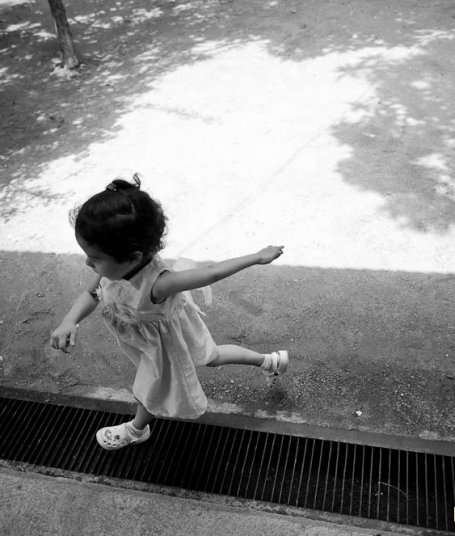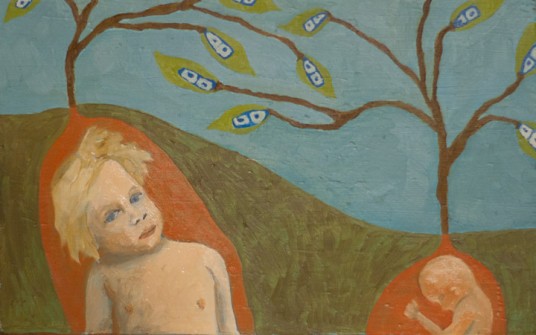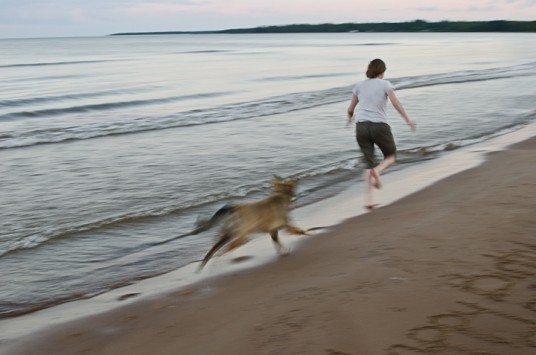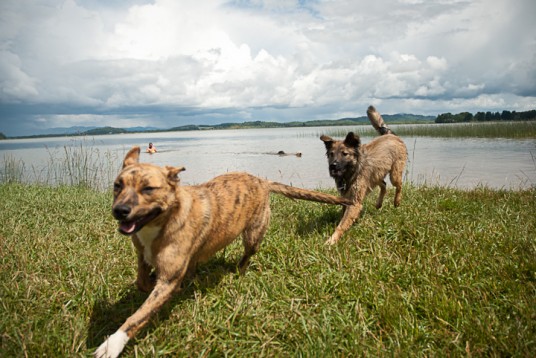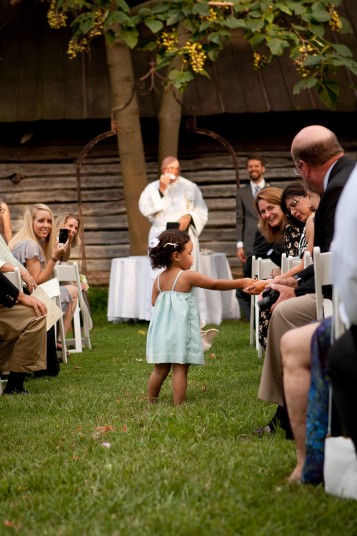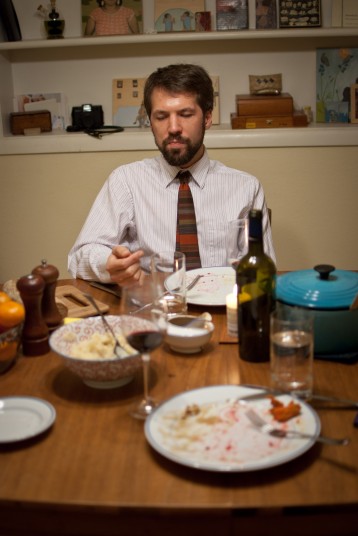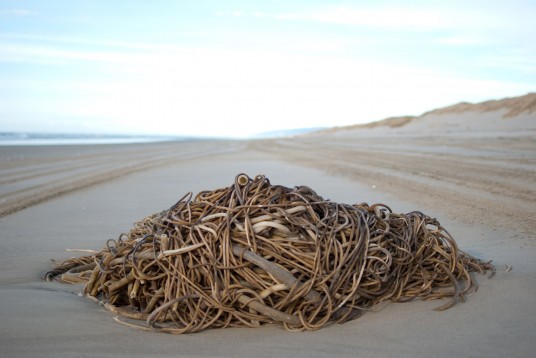One of the best parts of our new house is a tiny room off of the master bedroom where our baby, currently known as Mini Van, will sleep. We haven’t finished it quite yet, but it is close to being done. I love looking around and seeing all of the gifts that people have given this unborn child. Mini Van is going to be brought home to a room that is just brimming with love from so many people both near and far.
Blog
Year 3
A first day of my third year of grad school photo. As you may have noticed, I am pretty pregnant these days. Due in early December. We have also moved to a new place that can handle the space requirements of this new creature. I love looking back at the progression of first day of grad school photos. The first year I was so excited and had just bought an old crappy bike from a trailer park to ride to school. Last year was the first with Cerie and I had switched out the crappy bike for a new one that improved my commute significantly. This year there’s the obvious pregnancy, no more biking, and the new house. It is strange to think that next year I’ll be holding onto a 9 month old baby. Then hopefully there will only be one more photo after that.
Reflections on Past Work and Future Directions
The Hine Fellowship Program at Duke asked me to write a reflection on an old photo. I thought that I would share here as well.
This photograph was taken on April 12, 2008. Damaris was nineteen years old, Andrea was seconds old, and I was twenty-five. I was in the corner of the delivery room trying to be as inconspicuous as I could be with a Hasselblad camera attached to a large tripod. I remember fumbling around with the manual focusing, certain that I was going to miss capturing the image of Damaris holding her child for the first time.
That year as a Lewis Hine documentary fellow I was collaborating with a group of adolescent mothers to record their experiences. Our end goal was to create a body of work, including their photographs, my photographs, and their words, that could document their reality. We envisioned that this work would tell the entire story of adolescent parenting, including both immense struggle and unconditional love. As a part of working together, Damaris wanted me to be there in the hospital with her to document the moment when she became a mom.
After I took this photograph, I made one nice print, which I promptly gave to Damaris. At the time, I thought that this photograph had less to say about adolescent motherhood than some of the more complicated images of young mothers and their children. The photographs that I ended up choosing for exhibits felt more balanced. They demonstrated love while hinting at the difficulties of being an adolescent while raising a child. This photograph did not hint at struggle. Instead it demonstrated the universal joy of motherhood.
A couple of years later, I returned to Chelsea, Massachusetts and spent a week living with Damaris and 2 year-old Andrea. When I walked into their apartment, one of the first things that I noticed was this photograph displayed prominently on the wall. Seeing it brought me right back to that captured moment, and I realized that this photograph has everything to do with adolescent motherhood and all motherhood. Now, when I look at this photograph, I remember the intensity of emotion in that room and notice the care of Damaris’ open hand enveloping Andrea for the first time. It is a photograph that is similar to many other photographs hanging in many other homes, but it is also Damaris’ moment, and a part of her story that I was there to share.
It has been four years since my time as a Hine Fellow. I am currently in my second year of a clinical psychology PhD program and am planning my dissertation research. For my dissertation, I am working with women who use substances during pregnancy. Although there is plenty of research showing the negative impact of prenatal use on child outcomes, the research that is available does not focus on women’s experiences using substances during pregnancy. Despite working with a very different population of women now, I have the same mission that I had working with adolescent mothers as a Lewis Hine Fellow. I am asking questions, listening, and trying to understand. I need to hear women’s stories and allow their experiences to enter the conversations that impact policy change.
In this work, this photograph reminds me that I need to hear not only about the barriers and difficulties, but also about the love and connection during pregnancy and after a child is born. We cannot forget the wonderful parts of parenting that are common to younger mothers, older mothers, and mothers struggling with addictions. The women that I work with now, just like all of the women that I have ever worked with, adore their children. Yes, they have unique struggles with addiction, but not every moment hints at this hardship. They also gave birth and held their child for the first time, cradling with caution, and smiling adoringly. When asked about becoming a parent, they look back and remember the unconditional love
Despite the harm their substance use can cause, these women also want to protect their children. Many of them recall trying over and over and over again to stop using during their pregnancy, but lacking support, and being too afraid to seek out help. Their desire to protect is a piece of the story that cannot be forgotten but that is too frequently cast aside. As we consider the best interests for mothers and children whose lives are compromised by addiction, perhaps our greatest ability to help women get clean and stay clean is unlocked by remembering that caring, protective, and joyful moments are also a part of these women’s stories. I believe that our greatest ability to help women may lie in connecting with the love and motivation that already exists inside them. As a researcher working with women who struggle, I have learned that even for women who struggle the most, not every moment hints at hardship. Some moments are just absolutely wonderful.
original post at http://lewishinefellowshipblog.org/archives/528
Year 2
And the summer is gone. We are onto year two of our lives in Oregon.
Eli and I always take “first day of school” photos. For posterity’s sake, here is my first day picture from my 18th year of school.
Yes, Cerie is holding a small milkbone on her nose for the photo.
Ripe Off a Tree
I painted this the day before I began grad school last year. That was almost exactly a year ago. In a way, I am studying exactly what I paint. Right now, this very moment, I am finishing a masters presentation about how children’s early experiences of maltreatment effect their attachment behavior. This semester I am going to work on a qualitative research project understanding how women’s prenatal experiences influence whether or not they use substances throughout their pregnancies. In a way that is what the painting is about as well. If only you could just keep everything bad out, and pick a child ripe off of tree growing from the ground.
That is strange isn’t it? The metaphors your mind makes without you knowing it.
When I was a small child, I truly believed that all we needed was one great generation. If we could all just work together, figure our lives out, have children, and raise them the right way, it would begin a cascade from one generation to the next. The kindness would permeate and there would be no more evil. It was so simple and is still easy to remember and explain in childish terms. I wondered why we hadn’t just done it already. If a seven year old could figure it out, why hadn’t the adults?
A child named Ingred
This summer we took some time off. We really took time off. We drove across the country, trusty dog in tow, until we got to Michigan. Then, after a couple of weeks of lazying about the great lakes and visiting with Eli’s family, we headed down to Nicaragua and Costa Rica for a few weeks. We learned some Spanish, lived with a Nicaraguan host family, contracted water-borne diseases, took all of our Cipro, volunteered at an orphanage, and explored lake Nicaragua. I then circled back through Virginia to see my new baby niece and visit with family.
I expect that I will put up quite a few posts from summer. But, this one is about a little girl named Ingred. She is five years old and living in the orphanage where we volunteered. She is the youngest there, and she knows it. She is constantly carried by the older girls and is never picked on. She is sweet and cuddly, and has only been there for a few short months. She is introduced as “Ingred, the youngest here.”
The home where she lives is run by nuns. The girls are taken from their homes due to maltreatment or sometimes they are dropped off because of extreme poverty. The 20 or so of them live together bunk-bed dorm-room style. They eat beans and rice and most of the older ones seem to lazy about a lot of the day. Life seems pretty boring there, when you are 14, 15, 16… but not for Ingred. She is five and nothing in life is boring yet.
Eli took the last two here. I want the bottom picture to be printed out and then put above my desk at work. I want to remember Ingred running, running, running, while the older kids are still asleep or just lazying about in their dorm-room beds. When I am there analyzing data and trying to figure out how we can help kids that are growing up in crummy situations, I want to look up and see her run, arms flung out, with nothing stopping her.
Annabel and Simran
A small painting of Annabel and Simran (my newest niece who was still in fetus form at the time.) I hadn’t oil painted all school year, and damn it felt good to pull out those paints, set aside a day, and see what emerged.
One of my favorite movies is Great Expectations because the main character stops drawing for years, and then suddenly everything is back, the desire to draw flooding him and taking over. It also helps that all of the drawings in the movie are actually made by Francisco Clemente and are legitimately awesome and beautiful. Like getting on a bike for the first time in years, it is nice to know that the muscle memory is still there just waiting for a brush in hand.
Cerulean Pumpkin Van Zoeren
Cerulean Pumpkin Van Zoeren has been a part of our daily lives for a little over six months now. She was our first foster dog and we completely failed to ever give her back, shirking our duties. She spent the first four months of her life in a meth van in Oregon with a couple of people and quite a few of her dog relatives. We have been told that she was meth addicted from licking the powder off of her paws and initially was quite aggressive. This could be true, or it could be an Oregon tall tale. We’ll never know. She was never nervous with us. The only remnant of her past seems to be a profound lack of trust for scruffy looking men, which is actually quite useful at times. We tend to mostly not trust the same guys who come knocking at the door. However, she does not trust the postman. This I do not understand. He is nice guy, is not scruffy and is a constant visitor. I cannot reason with Cerie about certain things.
Her name was Pumpkin, which needed to go. Eli and I settled on Cerulean, and we call her Cerie. I had always thought that Cerulean would be a great kid’s name. It is the name of the color of the sky, and as a painter, cerulean is my favorite pigment. Cerulean hue, the cheap mixed form of the pigment, is made from cyan and white. It is an overpowering chalky mixture that blends terribly. Until late in college, I didn’t understand the differences in hues and pigments. I always had fairly cheap oil paints. Then a painting professor of mine made me go out and get the real stuff, the cadmium red and yellow, the lead white, the alizarin crimson, and yes, the real cerulean. I remember that first nude portrait with new paints learning just what cerulean can do. See, it blends away into skin’s shadows. It is a clean light blue with no white, an unsaturated pigment that allows shadows to mellow to blues or purples the way that they really do. It is a secret color that is infused in my paintings, but you would never know because you won’t see the blue, just the darkening, the coolness, the depth.
I imagined one day having a child that would be like the color cerulean. It would be able to blend into different places and situations, softly, silently, making them more beautiful, making them just right. This was the meaning behind the name. Eli rejected it and to be absolutely certain that I wouldn’t continue to fight for our first born son to be “Cerulean,” he suggested that Pumpkin become Cerie, and now she is.
Cerie is not subtle. She bounds into rooms and overtakes them. She hurdles her body about and overwhelms people. The name in no way suits her, but it is hers.
We didn’t think that we were ready for a dog, but then there she was, this unmistakable part of our lives that we couldn’t possibly return to the shelter. With last year being quite a difficult academic year for me, we were trying to focus on creating a life for ourselves. We were lonely in this new place. I felt lost without the artistic community that I had in Durham, in Boston, and Philadelphia. At times I felt like I was heading down an endless path towards a life of a statistician, when all I really wanted was to go back to doing things that I cared so much more deeply about. And then suddenly on another rainy cold Oregon day (which is all days for 9 months), Cerie was there trying to convince me that this morning was going to be the best morning yet. She was there so happy to have us, and perhaps last year, that was exactly what we needed.
I still find it strange to think that she has never been to the east coast. She was born out west and this is her home. I still feel transient here, but she is completely at ease, and in her element. I see how comfortable she is with us and I realize that somehow Eli and I have made this yellow half-of-a-house her delightful home. She has nothing to fear here except for the occasional scruffy-looking man, or the nice-looking postman. Besides that, life here with us is pretty great. Watching the ease at which she lives her life with us, little by little she is convincing me that things here might just be alright as well. Maybe that is the little bit of Cerulean hidden inside of her.
Andrea’s Third Birthday
Today Andrea turns 3. Three years ago I was in Boston in a hospital room with my cumbersome Hasselblad taking photos of her mom in labor.
So much has happened since that day in the hospital. I would never have anticipated this life that I have now, but yet in a way it all stems from that year. Who I am now, in some way emerged that day, in that room, with that family. That day I was there as a photographer, researcher, and student, but I became a vulnerable observer. I remember holding back her leg as she pushed and crying seeing the pain that she was in. It was impossible not take part, and that changed the relationship that I now have with photography and the relationship that I want to have with research. Not to over exaggerate, but it changed my relationship with life. I am still searching for those moments that stick. I want to be pulled by relationships and vulnerability. I want it all to be a part of this circular experience of life. I want everything to fold back together in the end. I want to demand this of life.
Doesn’t it seem right that clinical psychologists should be vulnerable? Anthropologists so frequently are. It is a tenant of how they work with people. If you are asking someone to let you in, shouldn’t you give enough of yourself to be vulnerable? As a psychologist we work in such tenuous situations. Should we be vulnerable? What is this professional relationship. Sometimes I think that maybe I just wasn’t meant to be a professional.
The professors that inspire me are the ones here whose vulnerability has slipped in to their lectures and stories. It happens infrequently here, but when it happens, I hold on. I wonder how many people here are driven by some deeper experience. For me, I can tell you about those small moments that replay in my mind like scenes in a movie to motivate me and remind me why I am here. I sometimes wonder if this is what has made this year so difficult for me. I read articles and run stats and all of this is a method of learning devoid of those moments. The moments are insignificant here in comparison to the bigger picture of trends and analyses.
I’ve read extensively on teen parenting, but I am still motivated more by that moment in that hospital room three years ago than the fact that the United States has a teen parenting rate nine times that of western Europe.
Both of these things are important, the stats and the vulnerability. Now I only need to figure out how to hold on tight to stories when the waves of ANOVAs and linear regression wash over me.
For now, with all of that in front of me, on Andrea’s third birthday, I’m enjoying just thinking about Andrea. She has been a part of me since the moment she came to exist.
This year, she was the little flower girl at our wedding who gingerly handed flowers to each person as she meandered down the aisle. I feel so fortunate that I’ve not only gotten to be there for some of the big moments in Andrea’s life but she has been there for some of the more glorious moments in my life as well.
Small Moments
Nothing too insightful to write today. This second trimester of grad school has been relatively uneventful so far and I’m finally nearing the half way point. Interview day for our clinical psychology program was yesterday, and seeing all of the incredible young people who would love to come to University of Oregon made me feel appreciative of where I am. Coming to Oregon is beginning to feel more and more like the fated right decision.
There has been sun in Oregon recently. It’s going to be 50 degrees and sunny all week. I’m not sure that I quite understand the weather. It is just so damn fickle. I’m confused and the plants are confused, but we’re all still enjoying the sun.
Here are a few of my favorite recent pictures… a few of my favorite small moments.


